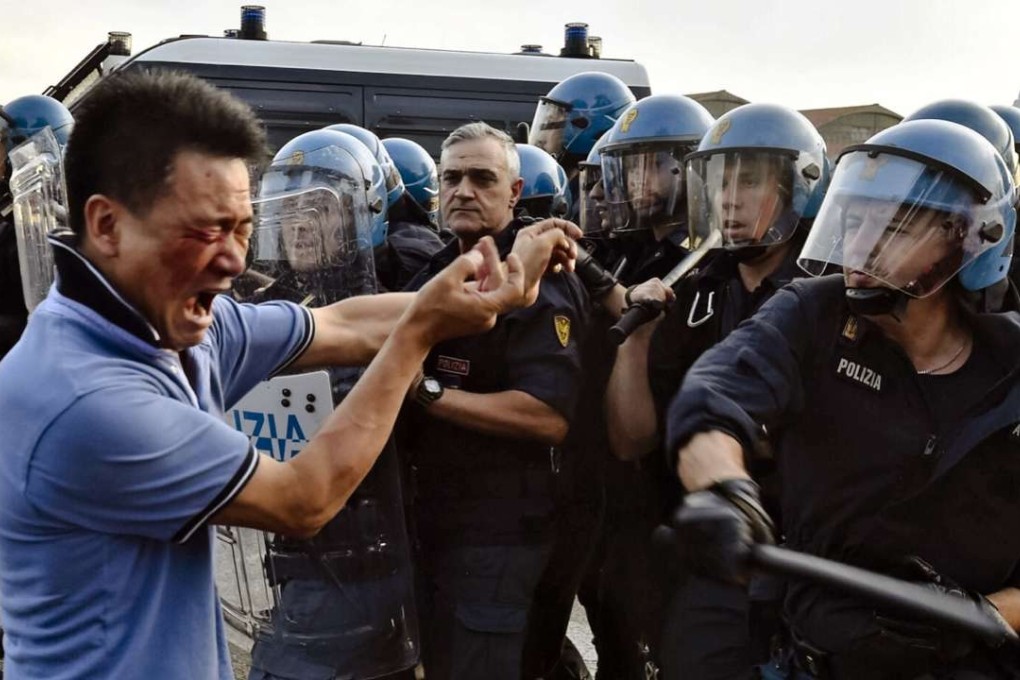Big trouble in Italy’s ‘little China’ as authorities crack down on sweatshop factories and vigilantes
Tensions in Tuscany region where part of its large Chinese community is regularly accused of showing no interest in integration and of sending millions in untaxed profits back to China

It is home to one of the biggest Chinese communities in Europe and a booming textile industry notorious for sweatshop exploitation.
But a crackdown by Italian authorities on the increasingly powerful Chinese group in Tuscany, with searches of Chinese-run factories, nightclubs and community groups that resulted in clashes last week has drawn the ire of China’s foreign ministry.
Tensions had been rising in the town of Prato, Italy’s textile capital, where people began emigrating from China in the mid-1990s. Some 50,000 Chinese work in the area, making clothes and handbags with the prized “Made in Italy” label.
Many of the area’s textile businesses depend on the labour of illegal immigrants, ignoring safety rules and evading taxes. The area is also the focus of an investigation into alleged illicit transfers of some 4.5 billion euros ($5.01 billion) to China from Italy between 2006 and 2010.

We need the Chinese community to respect the law and integrate. We cannot have ‘free zones’